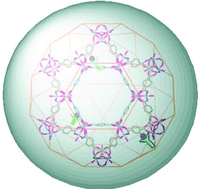In this Dalton Transactions Perspective, Philipp Kurz and colleagues discuss manganese-containing compounds that have been studied as potential analogues of the oxygen-evolving-complex in Photosystem II. They highlight how the desire to produce solar fuels is inspiring research into artificial photosynthesis.
Read more for free until 29th November at:
Water oxidation catalysed by manganese compounds: from complexes to ‘biomimetic rocks’
Mathias Wiechen, Hans-Martin Berends and Philipp Kurz
Dalton Trans., 2012, Advance Article
DOI: 10.1039/C1DT11537E, Perspective
You might also find these Dalton Trans. articles on biomimetic water-oxidation catalysis interesting…
Nano-size amorphous calcium–manganese oxide as an efficient and biomimetic water oxidizing catalyst for artificial photosynthesis: back to manganese
Mohammad Mahdi Najafpour, Sara Nayeri and Babak Pashaei
Dalton Trans., 2011, 40, 9374-9378
DOI: 10.1039/C1DT11048A
High turnover catalysis of water oxidation by Mn(II) complexes of monoanionic pentadentate ligands
Rune Kirk Seidler-Egdal, Anne Nielsen, Andrew D. Bond, Morten J. Bjerrum and Christine J. McKenzie
Dalton Trans., 2011, 40, 3849-3858
DOI: 10.1039/C0DT01340D












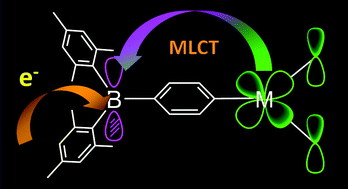 Suning Wang from Queen’s University, Canada, looks at how electron accepting triarylboranes can be used in optoelectronic applications in this Dalton Transactions Perspective article.
Suning Wang from Queen’s University, Canada, looks at how electron accepting triarylboranes can be used in optoelectronic applications in this Dalton Transactions Perspective article.

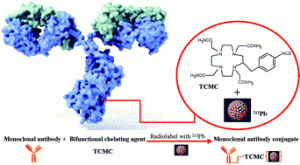


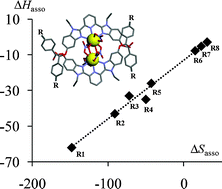 This Perspective article by Claude Piguet has been selected as a Dalton Transactions Hot article, where the current understanding of the role of energy in self assembly is explained.
This Perspective article by Claude Piguet has been selected as a Dalton Transactions Hot article, where the current understanding of the role of energy in self assembly is explained.
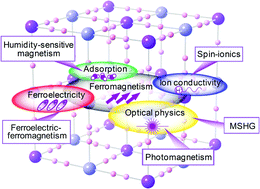 In this
In this 
